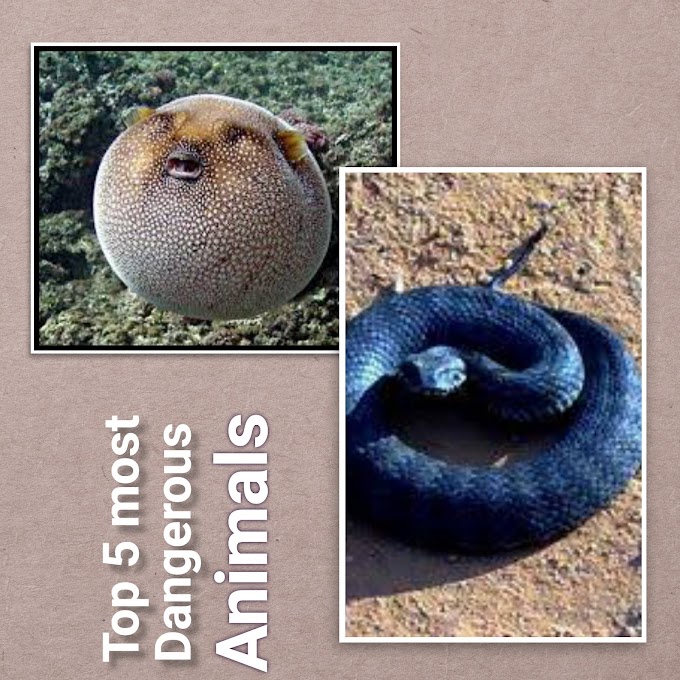The Truth About Moths
i found caterpillars that was my first interest as a school boy my mother wrote a letter to my father and she said paul is studying a catholic on the kitchen table she described it and i now know from that description that it had to be only one species of moth in this country the pale tussock
it was two and three quarter years old many people are very skeptical of moths many people are very afraid of moths and have a genuine fear of them people have this preconception that moths are small brown animals that just eat your woolen clothes that you have in your cupboard people think butterflies brightly coloured you know moths drab and brown it's not the case that the moths are just the drab ones they can be pink orange so things like um tiger moths elephant hawk moths um the shark.
so they've got very cool names and i think people are often very surprised the first time for instance that they go moth trapping that actually you get this such huge variety of different colors and patterns and shapes [Music] in britain we have about two and a half thousand species of butterflies and moths taking them all together they're in a group that the scientists have labeled the lepidoptera it's a long word but it's broken down into two words lepido and patera we know about pterodactyls dara means wing lepidos it's a greek word for a tile like a roof tile and a butterfly or a moth have scales on the wings that powder that rubs off when you touch them if you hand them carelessly and that's that powder is the scales from the wings if you look at them with the microscope they're all arranged in rows they they really do look like the tiles on the roof hence tiled winged insects we do get people that are upset about the sheer number of insects that are pinned marvelous magnificent rare specimens of the philippus lapis and the phalapus uh we're really not pinning that many insects we're normally pilling an individual and it will be used for science that's the thing it's very difficult to tell from a photograph everything you need to know about an insect look what susan's taking out of that box and look what's on it a caterpillar is a growing upstage in the life of a moth or butterfly traditionally caterpillars have been kept for collections and also for show by drying them out like a balloon and it's quite an unusual process they would use this amazing apparatus it's very very simple there's an oil lamp that went underneath a little burner and then you have this long lead here hollow tube and the glass end here would be inserted in the little hole at the end of the caterpillar and then you would actually blow on this bit keep a very gentle constant stream trying to talk with it in my mouth and then you would twist it and that way the caterpillar would be expanded and actually dry in the hot air we don't tend to do it now because we like to keep the specimens what we call wet which is mean we're keeping them in alcohol to keep something wet and keep its body parts inside it's actually more important to us now than than blowing them up but it's a rather fun and different way of keeping something definitely have you ever tried yeah i tried once and it didn't work very well for neither me or the caterpillar about 60 of the uk moths are actually and specialized in broadleaf woodland or need broadleaf woodland habitat for some stage of their life cycle so broadleaf woodlands like white and woods are very important habitats for a lot of the uk's moths what we were looking at in our research in whiteham was how moths were affected by and fragmentation of the woodlands our main finding was that woodland moths can actually move quite large distances but because they're restricted to woodland because they need woodland for feeding either as larvae or as adults and that they needed these very big areas of woodland so they couldn't really survive in very small fragments and they also needed hedgerows to connect woodlands up if they were going to move across the landscape if those plants aren't here for any reason if then the species of moths will disappear the caterpillar stage is a massive food source stage for most of our birds caterpillars are eating the plants.
which allows more light to get through for other plants to compete with the moss flying at night they're actually one of our biggest pollinators moss of superb animals they really are beautiful beautiful creatures so important and absolutely stunning you














отлично
ReplyDelete